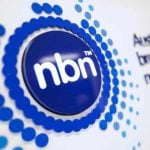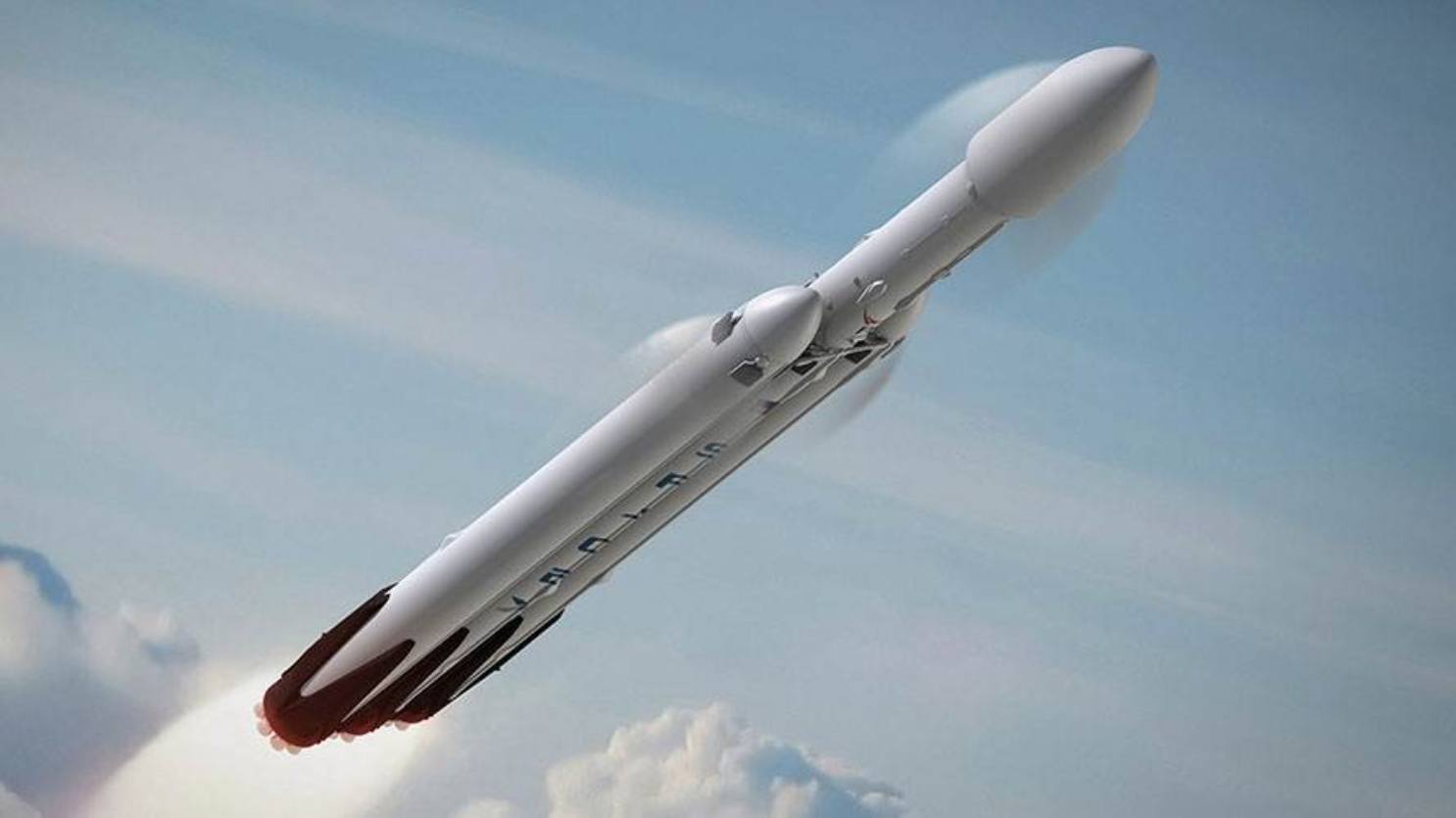According to a Defence spokeswoman the satellite was “an important element of Defence’s assured access to space-enabled communications” and would “complement our future multi-orbit satellite capabilities”
While details about the payload remained scarce, reports suggested it could be a robotic spacecraft. This fits with a previous agreement under which Northrop Grumman’s SpaceLogistics division is building such a spacecraft for Optus.
Optus-X satellite is believed to be linked to a $405 million contract in 2022 and is expected to support satellite services through to 2034.
The spacecraft is intended to attach a mission extension pod to one of Optus’ satellites. However, SpaceX described the TD7 mission’s payload as a communications satellite, and confirmed that the Optus satellite was the only cargo aboard.
After a successful launch and booster separation, the Falcon 9’s upper stage moved into a geosynchronous transfer orbit. At this point, the military communications satellite detached and began its journey to geostationary orbit, about 36,000 kilometers above Earth.
The satellite has since been referred to as “Optus-X,” a name first used in the Federal Aviation Administration’s flight schedule and later by the U.S. Space Force in its launch weather forecast.
“At our customer’s request, we will be ending the webcast before the payload deploys,” a SpaceX commentator said during a live launch broadcast.
“X” believed to reference a military X-band payload
The mysterious payload launched aboard SpaceX’s Falcon 9, is reportedly built on the GeoStar-3 platform by Northrop Grumman Innovation Systems.
The “X” in the name is believed to reference a military X-band payload, a technology previously used on Optus’ 2003-era C1 satellite.
That satellite had a dual civilian and military function, partly funded by Australia’s Defence Department. However, an Optus spokesperson would only confirm that the spacecraft was procured “on behalf of another organisation.”
Australia’s Defence Department operates a Military Satellite Communications (MILSATCOM) program, which includes a range of space, ground, and control assets, and works closely with industry partners like Optus and the US Government.
Though primarily known as a telecom provider, Optus also plays a key role in satellite services for Australian and New Zealand government agencies, as well as private sector clients such as Foxtel, ABC, SBS, and regional broadcasters like Imparja Television, Sky New Zealand, and Kordia. Optus operates the largest fleet of domestic satellites in Australia.
In a separate development, SpaceLogistics, a Northrop Grumman subsidiary, is working on a robotic spacecraft set for launch in 2025.
The spacecraft will be the first to offer persistent robotic servicing in geostationary orbit, which includes installing a mission extension pod—a propulsion device that would extend the life of Optus’ D3 satellite by up to six years.
Optus’ D3 satellite, launched in 2009, weighs around 2,500 kilograms and features 32 Ku-band transponders, six of which are used by Foxtel for its HD pay-TV services.
Meanwhile, Australia’s Defence Department had been working on the JP9102 project, a “sovereign-controlled satellite communications system” that was initially set to be developed by Lockheed Martin.
However, the government recently paused the procurement, deciding to shift its focus towards acquiring a multi-orbit capability instead. Around $90 million had already been spent on the project before this change in direction.
In March, Space Machines Company launched the Optimus, Australia’s largest-ever private satellite and the company’s first Orbital Servicing Vehicle (OSV), aboard a SpaceX Falcon 9 during the Transporter-10 mission.







